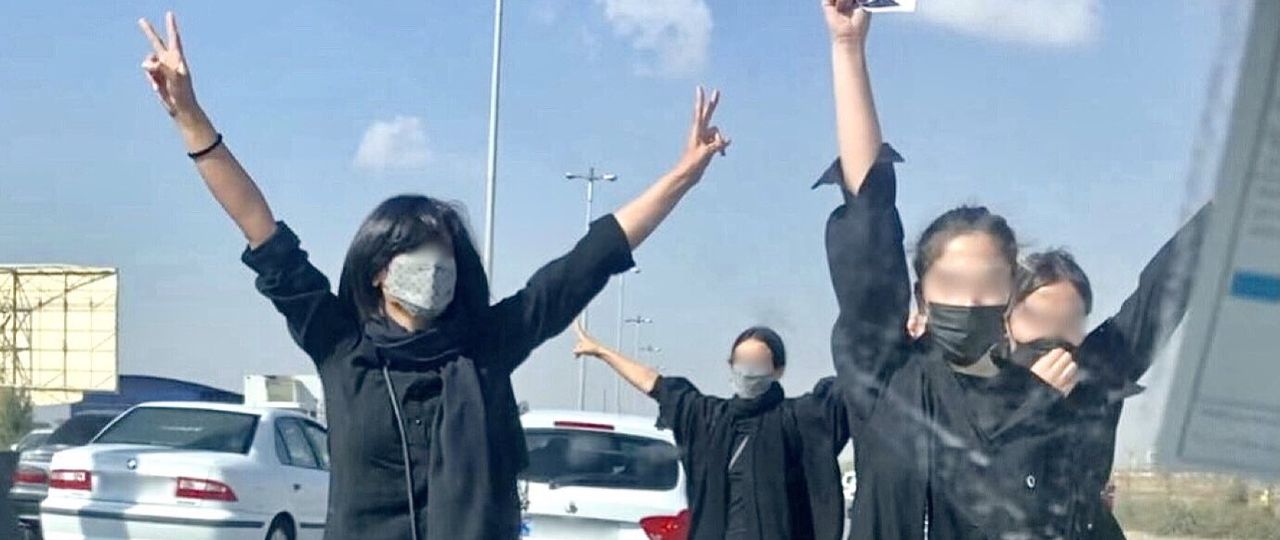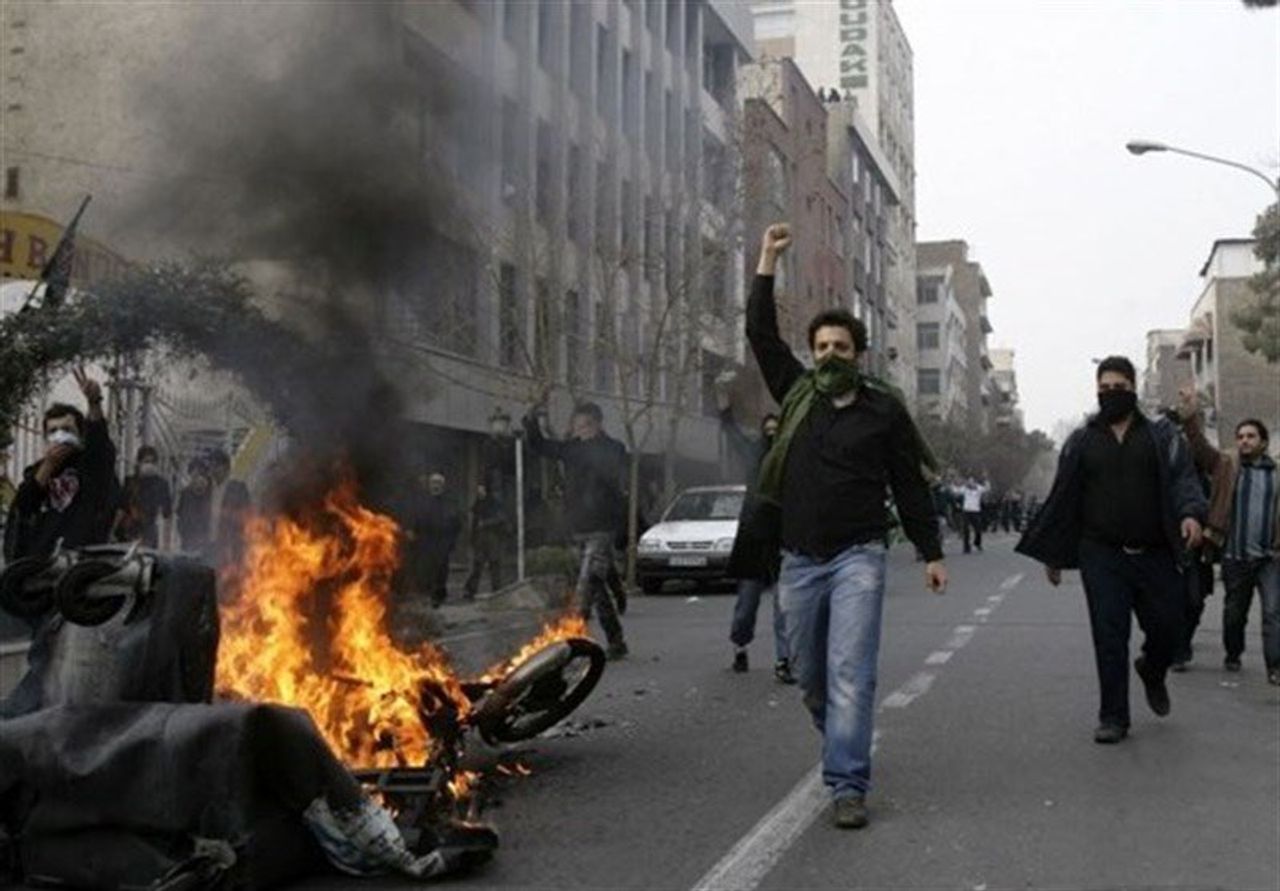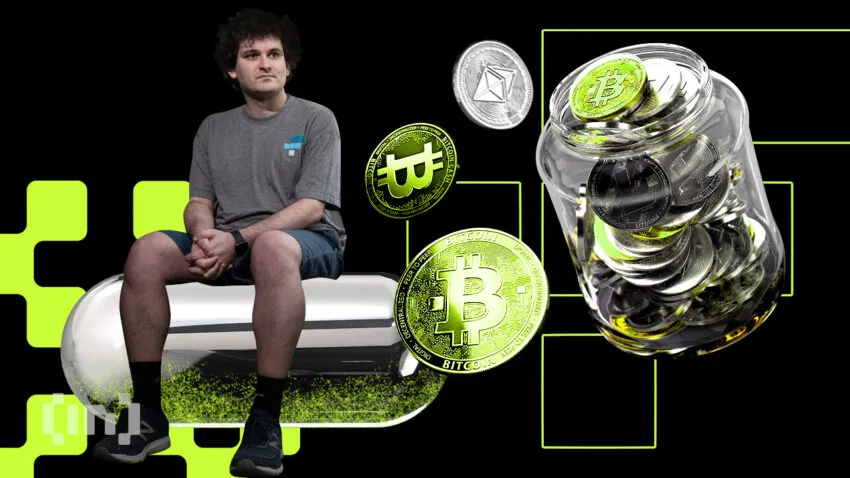Story by Victoria Wells •

After months of belt tightening by low- and middle-income families, it’s wealthy Canadians’ turn to worry about the economy’s impact on their pocketbooks.
People who have assets of $1 million or more say they’re more stressed out about their finances than they were this time last year, according to a new study out this morning from IG Wealth Management. More than three-quarters, or 82 per cent, say they’re worried about the economy, while 72 per cent are fretting about the cost of energy. Close to half, or 49 per cent, are concerned about rising interest rates.
“Much like other groups, high-net-worth Canadians are concerned about where the economy is going and its impact on their personal situation,” Damon Murchison, chief executive of IG Wealth Management, said in a news release.
Economic worries have become universal as inflation and climbing interest rates take a toll on most people’s budgets. Every day expenses such as grocery bills have been especially squeezed. Prices for food bought in stores rose 11 per cent in October from the same time last year, Statistics Canada data show. But the costs of some dinner staples have surged even more, with pasta prices up 44.8 per cent, lettuce up 30.2 per cent and rice up 14.7 per cent on a year-over-year basis. Meanwhile, gas prices rose 17.8 per cent in October from the same month last year. Combine that with higher debt costs from rising interest rates, and many have been forced to take an axe to their spending by cutting back on streaming services , or other discretionary purchases, to pay the bills.

Making ends meet is less of a worry for high-income Canadians. Instead, they’re more concerned with protecting and growing the wealth they already have amid volatile stock markets and a slowing economy. That’s also leading some to think again about what their retirement will look like. Though they’re not worried about having enough money to retire — 85 per cent say that’s not a concern — half say they will likely need to stash away more than they originally thought to maintain a certain lifestyle. Almost half say they’re rethinking their investment strategies as a result.
And not unlike Canadians’ with lower incomes, the wealthy are also making moves to delay their retirement start dates as life grows more expensive. Close to half, or 46 per cent, say they’re changing when they’ll make the leap to full retirement. More than 50 per cent say they’ll need to keep working longer to reach their savings goals because their investments aren’t performing the way they expected.
Still, most wealthy persons have access to professional advice to help them weather a stormy economy, with three-quarters saying they already work with a financial adviser. However, there could be room for improvement. Only 45 per cent have a plan that covers all aspects of their personal finances, such as lifestyle considerations, income and tax and estate planning. And just over half say their adviser gives them the support they need to overcome any negative impacts the economy might have on their investments.
But for high-net-worth individuals, the solution to getting through these “complicated times” financially intact is simple: get a comprehensive plan in place. That’s where a professional can step in and help, IG Wealth Management said.
“With wealth comes increased complexity,” Murchison said. “It’s especially important during these times to not only seek out the help of a qualified financial adviser who can put things in perspective, but also to select one that will work with you to develop a holistic financial plan that’s stress-tested and keeps pace with your evolving situation.”

















:quality(100)/cloudfront-us-east-1.images.arcpublishing.com/thesummit/LG7CAIFIXFA5JNSJKU6EJATMKI.jpg)
:quality(100)/s3.amazonaws.com/arc-authors/thesummit/c65d89e4-b58a-4d85-8ee0-6a7351b34d12.jpg)







